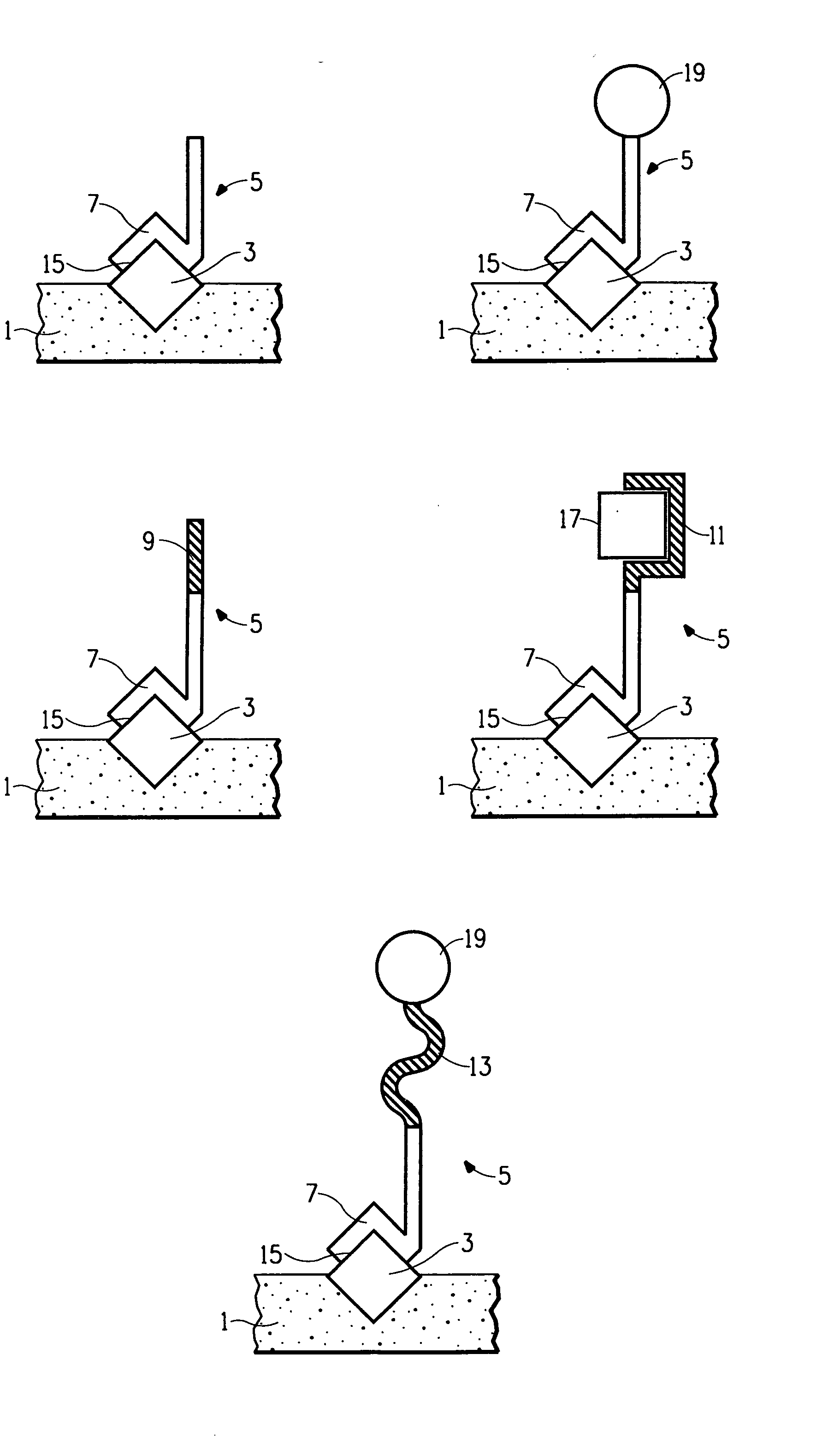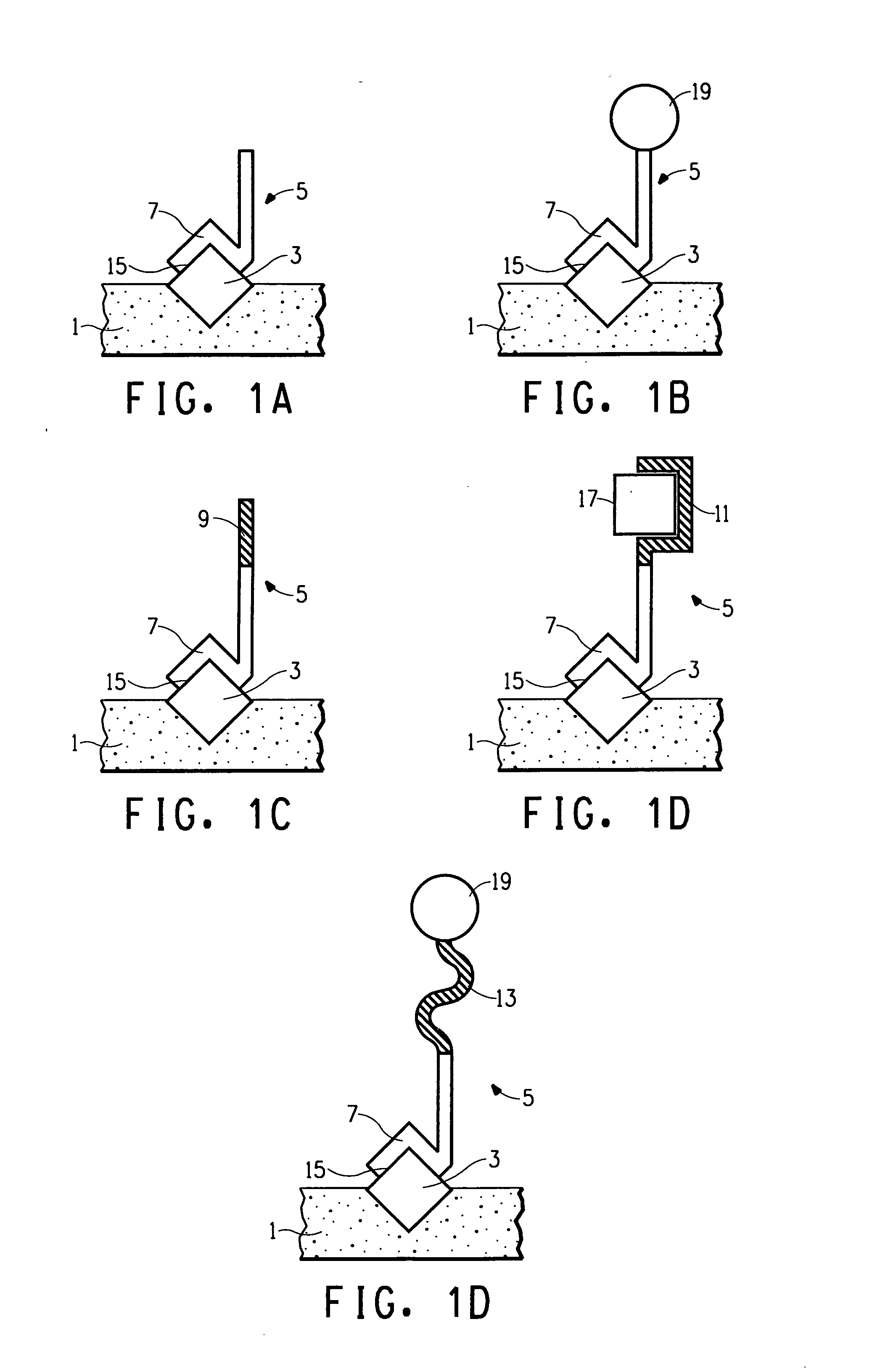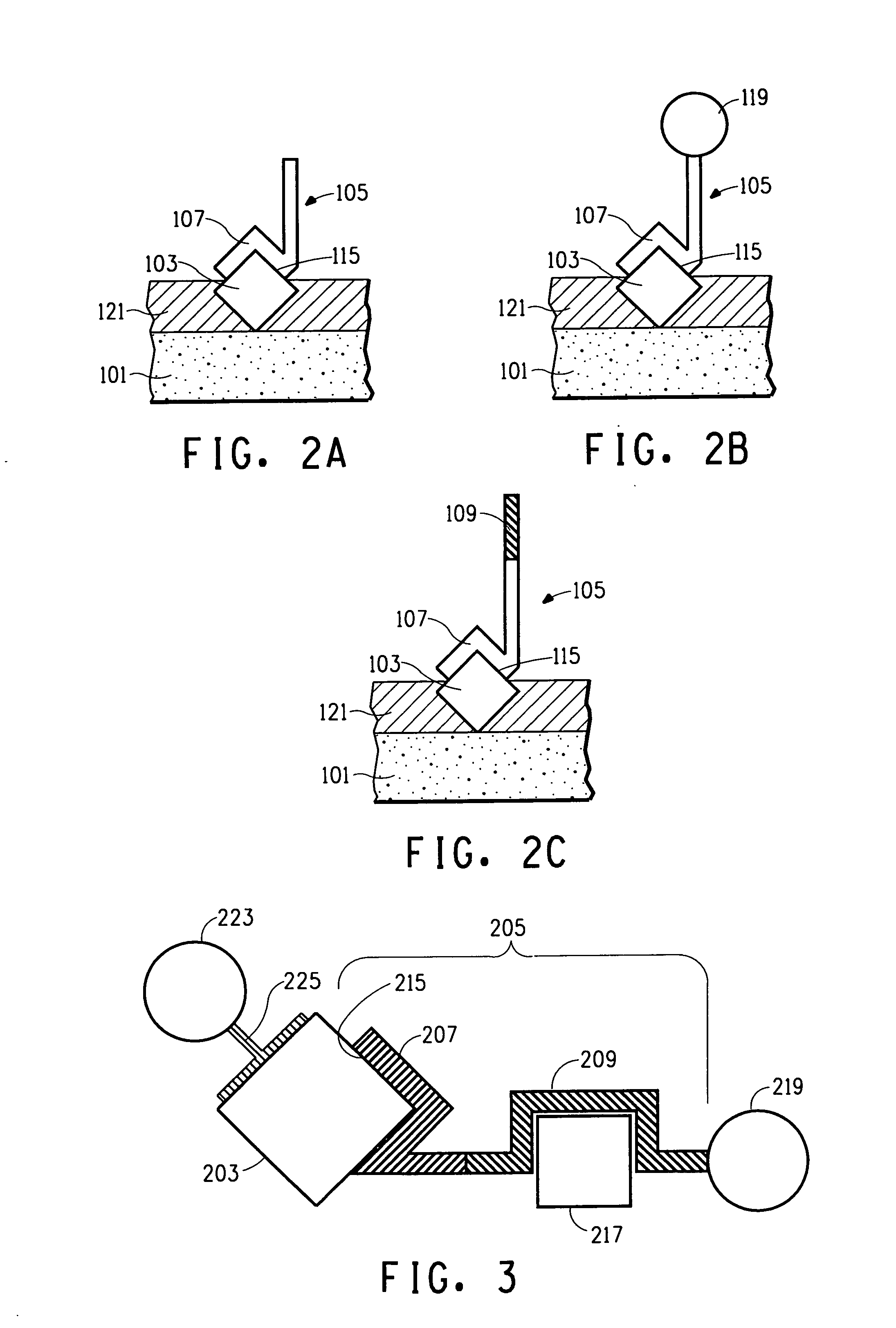Polytetrafluoroethylene binding peptides and methods of use
a technology of polytetrafluoroethylene and binding peptides, which is applied in the field of peptide-based reagents, can solve problems such as difficult modification of the ptfe surfa
- Summary
- Abstract
- Description
- Claims
- Application Information
AI Technical Summary
Benefits of technology
Problems solved by technology
Method used
Image
Examples
example 1
Selection of Polytetrafluoroethylene-Binding Peptides Using Biopanning
[0237]The purpose of this Example was to identify phage peptides that bind to polytetrafluoroethylene (PTFE) using a modified phage display biopanning method.
Biopanning—Phage Display Selection of PTFE Binding Peptides Phage Display Peptide Libraries:
[0238]The phage libraries used in the present invention, Ph.D.-12™ Phage Display Peptide Library Kit and Ph.D.-7™ Phage Display Library Kit, were purchased from New England BioLabs (Beverly, Mass.). These kits are based on a combinatorial library of random peptide 7 or 12-mers fused to a minor coat protein (pIII) of M13 phage. The displayed peptide is expressed at the N-terminus of pIII, such that after the signal peptide is cleaved, the first residue of the coat protein is the first residue of the displayed peptide. The Ph.D.-7 and Ph.D.-12 libraries consist of approximately 2.8×109 and 2.7×109 sequences, respectively. A volume of 10 μL contains about 55 copies of eac...
PUM
| Property | Measurement | Unit |
|---|---|---|
| melting point | aaaaa | aaaaa |
| general structure | aaaaa | aaaaa |
| affinity | aaaaa | aaaaa |
Abstract
Description
Claims
Application Information
 Login to View More
Login to View More - R&D
- Intellectual Property
- Life Sciences
- Materials
- Tech Scout
- Unparalleled Data Quality
- Higher Quality Content
- 60% Fewer Hallucinations
Browse by: Latest US Patents, China's latest patents, Technical Efficacy Thesaurus, Application Domain, Technology Topic, Popular Technical Reports.
© 2025 PatSnap. All rights reserved.Legal|Privacy policy|Modern Slavery Act Transparency Statement|Sitemap|About US| Contact US: help@patsnap.com



